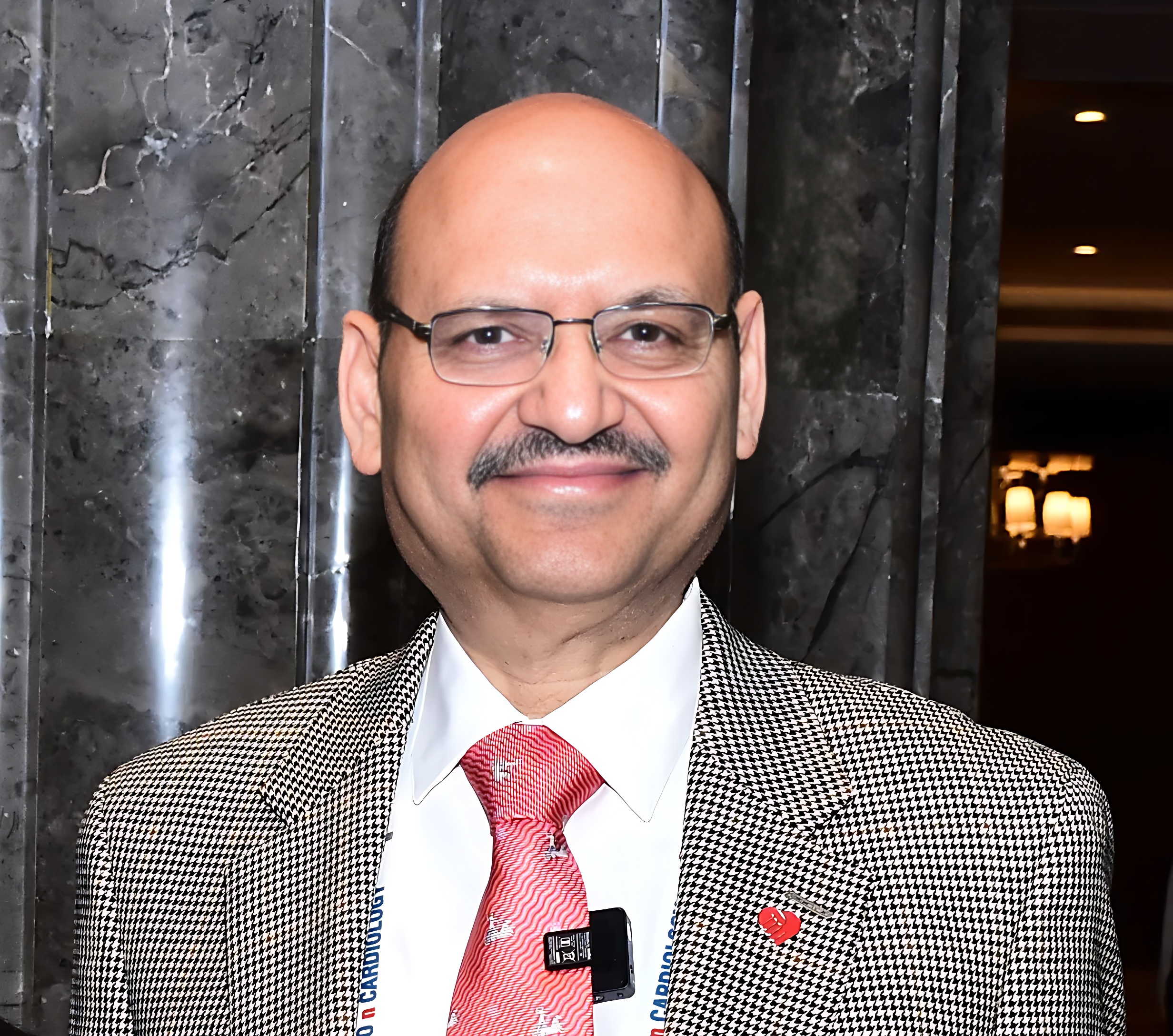- 721
- 5
Interventional Cardiology: Past to Present
Interventional cardiology has evolved dramatically from its inception to the present, revolutionizing the treatment of heart disease. Initially, procedures like balloon angioplasty paved the way for less invasive methods to restore blood flow. Over the years, advancements such as stentSee More
About the Speaker
Dr. Amrish Agarwal
Senior Interventional Cardiologist, Professor of Medicine, Fujairah Hospitals, United Arab Emirates



